Nov 3
Understanding Crime Mapping And How Excel Contributes To It
In the dynamic sphere of law enforcement, integrating technology and data-driven approaches is essential. Crime mapping has become a pivotal tool that enhances the crime reduction strategies of agencies globally.
Crime mapping is the process through which researchers and crime analysts use location-based data about crime events to identify patterns in criminal activity. It encompasses the systematic analysis and visualization of crime data to enhance data-driven policing.
By leveraging crime mapping capabilities, law enforcement agencies can optimize resource allocation, preempt criminal endeavors, and formulate robust strategies to mitigate crime.
Crime mapping is the process through which researchers and crime analysts use location-based data about crime events to identify patterns in criminal activity. It encompasses the systematic analysis and visualization of crime data to enhance data-driven policing.
By leveraging crime mapping capabilities, law enforcement agencies can optimize resource allocation, preempt criminal endeavors, and formulate robust strategies to mitigate crime.
How Do Law Enforcement Departments Use Crime Mapping Techniques?
Crime mapping techniques visualize and analyze data sets of different natures. According to a survey conducted by the National Institute of Justice, law enforcement departments use mapping for the following purposes:
1. Mapping Diverse Data Types
At the core of crime mapping is the process of geocoding - the process of assigning geographic coordinates to data points. An examination of various departments in the survey revealed the following applications:
- Offense Data Analysis: Law enforcement departments use geocoding to chart arrest and incident occurrences. Such an approach offers insights into criminal trends, offender behaviors, and high-risk locales.
- Service Call Data Analysis: Many departments use mapping to analyze service calls through geocoding. By pinpointing areas of frequent emergency calls, departments can more strategically allocate their resources.
- Vehicle Recovery Data Analysis: Multiple departments map vehicle recovery data, providing insights into regions with pronounced vehicle theft and recovery incidents.
2. Mapping UCR Part I and Part II Crimes
The Uniform Crime Reporting (UCR) system categorizes criminal offenses into Part I and Part II. The mapping practices of law enforcement departments related to these classifications are as follows:
- Part I Offenses: These crimes include criminal homicide, forcible rape, robbery, aggravated assault, burglary and others. The UCR program’s founders chose these offenses as Part 1 offenses because they are serious crimes, they occur with regularity in all areas of the country, and they are likely to be reported to police.
- Part II Offenses: These crimes include the ones for which only arrest data is collected - like forgery, counterfeiting, fraud, embezzlement, vandalism, gambling, drug abuse violations, and others,
This mapping frequency highlights the importance of comprehensive crime analysis with crime mapping to ensure safer communities. The same can be practiced for the crime data collected through the National Incident-Based Reporting System (NIBRS) in the new era of crime data analysis and law enforcement strategies.
3. Using Automated Pin Maps
Automated pin maps are used for crime analysis by law enforcement departments. These digital visualizations facilitate an insightful understanding of crime patterns and hot spots to facilitate data-driven law enforcement.
4. Facilitating Hot Spot Analysis
An essential modern policing aspect is the identification of hot spots - zones with high crime rates. 86% of the law enforcement departments that conduct hot spot analyses prefer visual identification methods, while an additional 25 percent use specialized computer software to identify these areas.
The Significant Role of Crime Mapping in Law Enforcement
Crime mapping is an essential part of crime analysis in law enforcement as it serves many different purposes in the law enforcement field. A significant 94 percent of departments in the survey use it to promptly inform officers and investigators of crime incident locations to enhance rapid response.
In addition, it aids in strategic resource allocation - according to the survey, 56 percent of departments leverage crime mapping for efficient allocation of resources. Furthermore, it is instrumental in evaluating the success of crime reduction strategies, as stated by 49 percent of law enforcement departments.
It also serves as a communication bridge to the community, and 47 percent use it to inform residents about local crime trends. By identifying repeat calls-for-service patterns, as practiced by 44 percent of departments included in the survey, mapping enables law enforcement to address and solve recurring issues more effectively. Understanding Crime Analysis with Crime Mapping in Modern Policing is significant for law enforcement agencies.
In addition, it aids in strategic resource allocation - according to the survey, 56 percent of departments leverage crime mapping for efficient allocation of resources. Furthermore, it is instrumental in evaluating the success of crime reduction strategies, as stated by 49 percent of law enforcement departments.
It also serves as a communication bridge to the community, and 47 percent use it to inform residents about local crime trends. By identifying repeat calls-for-service patterns, as practiced by 44 percent of departments included in the survey, mapping enables law enforcement to address and solve recurring issues more effectively. Understanding Crime Analysis with Crime Mapping in Modern Policing is significant for law enforcement agencies.
How Does Excel Contribute to Modern Crime Mapping?
Microsoft Excel is not a Geographic Information System (GIS). However, with its proficient data management and analytical capabilities, it can serve as a preliminary platform for crime analysis and mapping for law enforcement officers. Following are the ways law enforcement officers can utilize Microsoft Excel for this purpose:
1. Organizing and Cleaning Data
Crime-related data can be in a fragmented or disorganized manner. Excel is a tool that can organize this disparate data into an orderly framework. Through its data sorting and filtering capabilities, Microsoft Excel ensures irregularities, redundancies, and inaccuracies are rectified to establish a solid base for further analysis
2. Analyzing Data
Excel is equipped with various statistical tools tailored for an in-depth analysis of crime data. For instance, it can track crime trends over specific periods and calculate basic statistics to give an overview of the data set. In addition to this, its built-in functions can explore potential links between different types of crimes or related factors.
3. Representing Data Visually
Excel's visualization tools are feature-rich and user-friendly for crime mapping in Excel. Various charts, such as bar graphs, line charts, and pie charts, made in Excel can provide insights into crime patterns over a particular period or the prevalence of different crime categories. Histograms are especially useful in showcasing the frequency distribution of criminal activities, facilitating preliminary crime analysis and mapping.
4. Summarizing Data
With Microsoft Excel PivotTables, crime data can be grouped and viewed from multiple angles, offering a comprehensive understanding of the information. Furthermore, its conditional formatting feature can help officers highlight specific data points and ensure that essential trends or unusual data points are easily identifiable.
5. Mapping Data into Google Earth Pro
Google Earth Pro is a simple version of a GIS (Geographic Information System). They are digital maps with which officers can use layers of information, turn the layers on and off (like borders or street names) according to relevancy, and then conduct an effective crime mapping analysis. Excel contributes to this GIS method by allowing organized data to be easily imported from it to Google Earth Pro.
Therefore, mastering Microsoft Excel can help law enforcement officers streamline their crime mapping analyses for effective data-guided law enforcement.
Therefore, mastering Microsoft Excel can help law enforcement officers streamline their crime mapping analyses for effective data-guided law enforcement.
Master Crime Mapping Techniques For Effective Policing Strategies
BlueForce Learning is a premier platform where law enforcement professionals can master advanced data-based skills online. We offer comprehensive training courses designed for and by law enforcement officers to maximize learning. Our courses provide up-to-date knowledge, hands-on experience, and ongoing course material access to enhance the learning curve of our community.
Join our courses, get Law Enforcement Certifications, and devise effective crime reduction strategies with the best crime analysis and mapping skills.
FAQs
What is crime mapping?
Crime mapping uses geographic information systems to visualize and analyze the locations and patterns of crime. It allows law enforcement agencies to pinpoint where crimes have occurred and help identify patterns or trends in specific areas.
What data analysis can be gathered from crime mapping?
From crime mapping, various analyses can be extracted, including identifying crime hot spots, analyzing patterns of when crimes occur, recognizing spatial relationships between crime and other factors, and forecasting future crime trends. Furthermore, it can provide insights into the crimes most prevalent in particular areas.
Why is crime mapping effective?
Crime mapping is effective because it visually represents where and when crimes occur. This visual aid assists law enforcement in allocating resources more efficiently, planning targeted operations, and developing proactive strategies.


